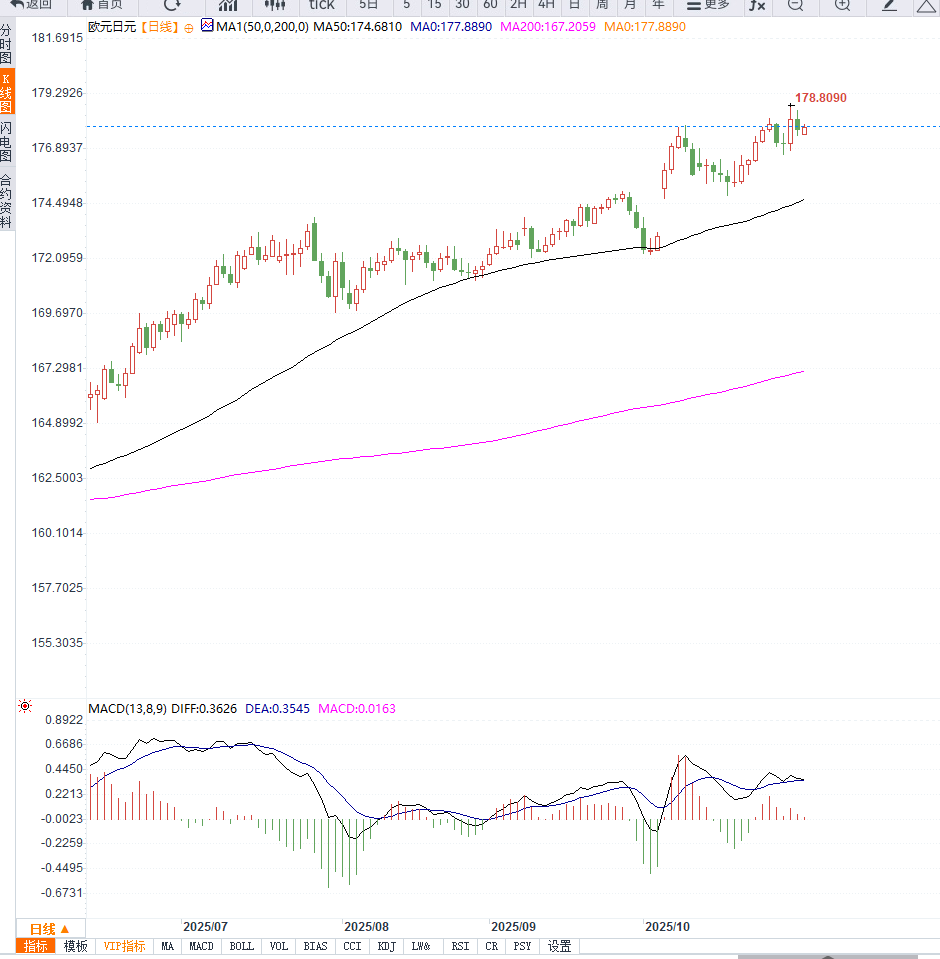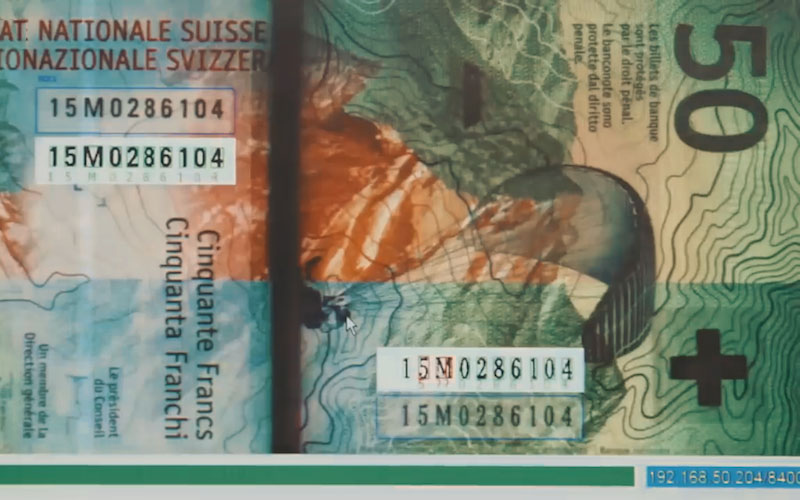The euro maintained its upward trend against the yen, while the Bank of Japan's cautious stance put pressure on the yen.
2025-11-03 15:11:00
Last week, the Bank of Japan kept interest rates unchanged, and Governor Kazuo Ueda warned that uncertainty surrounding global trade policies could drag down Japan's growth and corporate profits. While he indicated there might be room for a rate hike in December, he also emphasized the need for more data to assess the extent of adjustments to monetary easing.
 The market generally believes that Japan's new Prime Minister Sanae Takaichi may implement a more aggressive fiscal stimulus policy, which has led investors to expect the Bank of Japan to postpone further tightening of its policies.
The market generally believes that Japan's new Prime Minister Sanae Takaichi may implement a more aggressive fiscal stimulus policy, which has led investors to expect the Bank of Japan to postpone further tightening of its policies.Meanwhile, some analysts have adjusted their assessments of the yen's fair value. Mieko Katayama, a senior currency analyst in Japan, stated, "Given the current situation of fiscal expansion and monetary easing, the yen's fair value is no longer in the 120-130 range, but may remain at a relatively weak level for a long time."
In Europe, European Central Bank official Francois Villeroy de Galhau noted last week that the October policy decision put the central bank in a "good position," but he also emphasized that this is not a fixed stance and that "full policy flexibility" must be maintained to address potential future risks.
European Central Bank Governing Council member Villeroy stated, "In the face of financial market volatility and external uncertainties, we need to be data-driven and maintain an agile and pragmatic approach."
In addition, Martins Kazaks, a member of the European Central Bank's Governing Council and Governor of the Central Bank of Latvia, stated that the risks to inflation and growth in the eurozone are converging. He emphasized that the central bank will act if necessary, but "should not overreact."
From a technical perspective, the EUR/JPY daily chart shows that after falling from its mid-October high, the exchange rate is currently fluctuating between 176.80 and 178.20. The price is currently slightly above the 20-day moving average, but momentum indicators suggest limited upward momentum.
A break above the 178.20 resistance level could open up upward potential towards the 179.00 level; conversely, a break below the 176.80 support level could lead to further declines towards the 176.20 and 175.60 areas. The overall trend remains neutral to slightly bearish.
Tokyo-based foreign exchange strategist Hiroshi Tanaka noted, "Unless the Bank of Japan sends a clearer signal of tightening, the yen is unlikely to reverse its weakness in the short term, while the euro is likely to remain relatively stable against the backdrop of a recovery in global risk appetite."

Editor's Note:
The current EUR/JPY exchange rate is influenced by the Bank of Japan's cautious stance and fiscal expectations, making a strong rebound in the yen unlikely in the short term. Technically, the 177.50-178.20 area represents short-term upward resistance, while 176.80 is a key support level. If market risk sentiment remains positive, the euro is expected to maintain a slightly bullish trend, but attention should still be paid to changes in Japanese policy and the latest developments in European inflation data.
- Risk Warning and Disclaimer
- The market involves risk, and trading may not be suitable for all investors. This article is for reference only and does not constitute personal investment advice, nor does it take into account certain users’ specific investment objectives, financial situation, or other needs. Any investment decisions made based on this information are at your own risk.





















